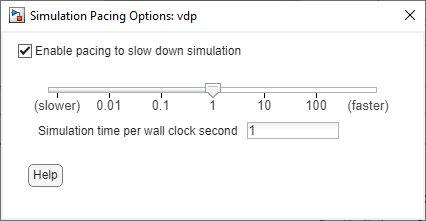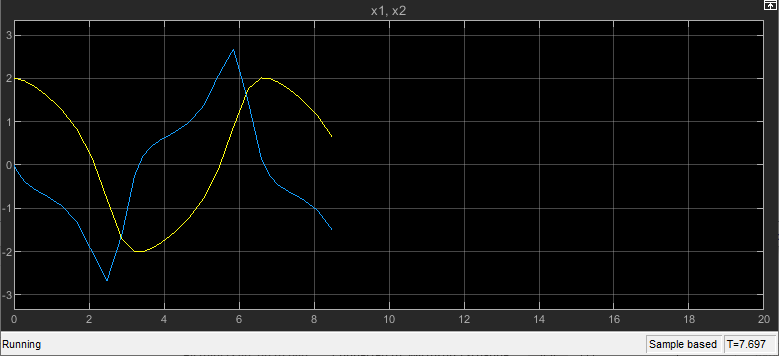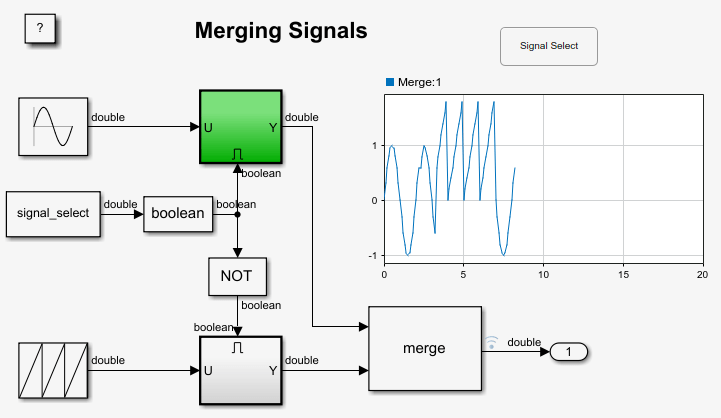仿真调速选项
将仿真时间与挂钟时间按指定比率缓慢仿真
说明
使用仿真节奏来减慢仿真速度,以帮助分析和与模型交互。当您调整仿真时,诸如 Scope 模块和仪表模块之类的可视化效果会以较慢的速度更新。启用仿真节奏后,您可以修改模型中的参数并观察模型变化的效果。
在软件以几毫秒的时钟时间计算一秒仿真时间结果的模型中,仿真节奏非常有用。
当您仿真模型参考层次结构时,仅应用顶层模型中指定的仿真步调选项。引用模型中指定的仿真步调选项将被忽略。
打开 仿真调速选项
在 Simulink® 工具条中的仿真、调试或建模选项卡上,点击运行按钮箭头。然后,选择仿真起搏。

参数
提示
当您通过点击前进或后退逐步完成仿真时,仿真节奏不适用。当您完成步进并点击继续时,步进就会生效。
由于仿真节奏会有意减慢仿真,因此在启用仿真节奏时不支持使用 Simulink Profiler 对模型进行分析。要使用 Simulink Profiler,请禁用仿真节奏。
要指定和调整使用
Simulation对象的仿真和 App DesignerApp 中仿真节奏选项,请使用setModelParameter函数。
版本历史记录
在 R2018a 中推出




